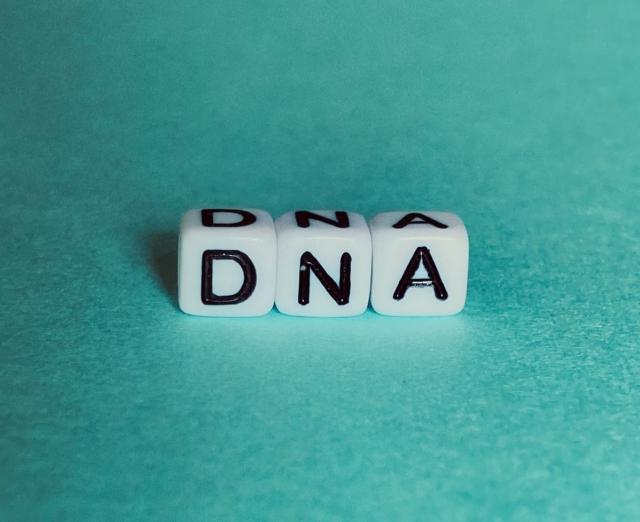The principles of DNA paternity testing refer to the basic concepts and methodologies used to scientifically prove parent-child relationships. DNA testing is used to confirm parent-child relationships with a very high degree of accuracy and is based primarily on the following principles
1. Half of the genetic information is inherited from the mother and half from the father
DNA is passed from parents to their children in the form of genes. Specifically, half of human DNA is inherited from the mother and the other half from the father. In the paternity test, the DNA of both parents is compared with that of the child to confirm the genetic match between the two.
- A child’s DNA is composed of a combination of the mother’s and father’s genes, so there will always be a portion that matches the mother and a portion that matches the father.
2. Analysis using specific genetic markers
In DNA testing, certain genetic markers, such as Short Tandem Repeat (STR), are used to prove parent-child relationships. These markers are repeat sequences within individual DNA that are compared between parent and child.
- The child’s marker is compared to the paternal marker to see if they match.If the mother’s and father’s respective markers match the child’s markers, the parent-child relationship is confirmed.
3. Scientific probability calculation
In the paternity test, the probability of a parent-child relationship is calculated based on the degree of match between DNA markers. Usually, a match of 99.9% or more proves the parent-child relationship, while a match close to 0% denies the parent-child relationship.
- Since extremely high accuracy is required to determine parent-child relationships, DNA testing is trusted as a scientifically reliable method.
4. Accurate handling of specimens
To obtain accurate results, DNA samples must be handled properly. If the sample is not accurate, the results may be erroneous.
- Samples are taken from oral cells, blood, or hair. Poor quality, contamination, or adulteration of the samples may result in inaccurate results.
5. Non-invasive sample collection
The most common method of DNA analysis is usually to collect cells from the mucous membranes of the oral cavity using a cotton swab. This method is non-invasive, painless, and safe for babies, children, and adults, so it is widely adopted as the procedure for DNA analysis.
6. Denial of parent-child relationship is certain
A paternity test can negate the parent-child relationship with 100% certainty if it is confirmed that the prospective father does not share genes with the child. This is because a child’s DNA is always inherited from both parents, and if there is no match, it proves that no parent-child relationship exists.
7. 99.99% or better accuracy in confirming parent-child relationship
When affirming the parent-child relationship, the probability is usually determined to be 99.9999999% or higher. Although it is theoretically difficult to completely affirm the parent-child relationship, a probability of 99.99% or higher is considered sufficient evidence to scientifically prove the parent-child relationship.
8. Legally recognized procedures
In proving a legal parent-child relationship, the results of an appraisal must be tested in a legally recognized facility in order to be valid. In cases involving a trial or other legal proceedings, the appraisal process must be strictly controlled and certain criteria must be followed in order for the results to be used as evidence.
Summary
DNA paternity testing is a method that can determine parent-child relationships with a very high degree of accuracy based on scientific principles. Positive or negative results are determined by comparing genetic information with an accuracy of 99.9% or higher, making it a highly reliable means of proving parent-child relationships.
Latest Articles
Supervisor of the article

Dr. Hiroshi Oka
Graduated from Keio University, Faculty of Medicine
Doctor of Medicine
Medical Doctor









